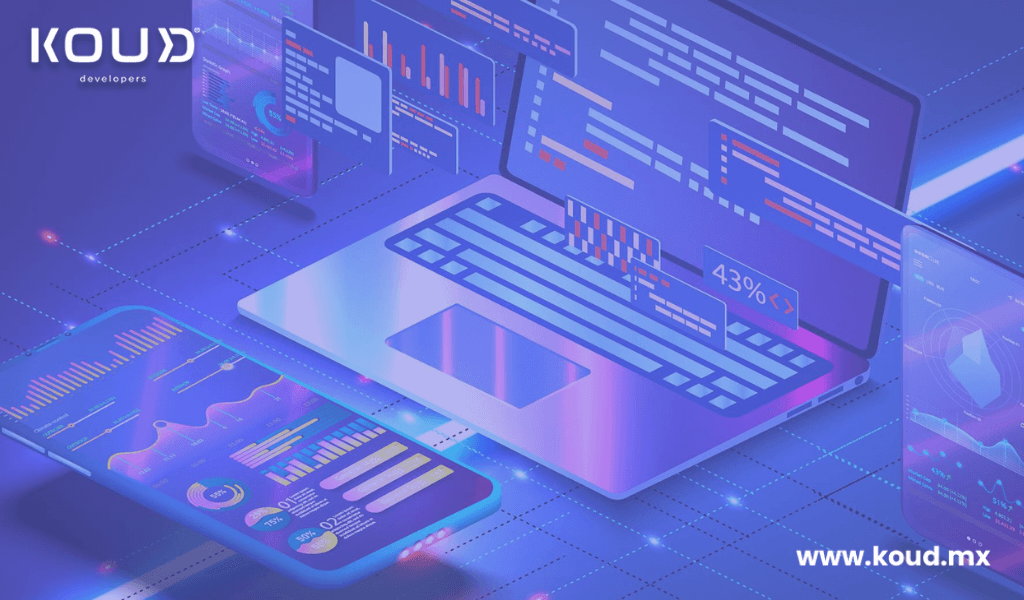Why the Discovery Phase Improves Development Outcomes?
Most failed software projects share a common cause: development begins without fully understanding what needs to be built, for whom, and why. This leads to misaligned expectations, wasted resources, and products that don’t solve real problems.
The discovery phase is a critical process that addresses this issue. It lays the groundwork for successful development by aligning stakeholders, clarifying the scope, and identifying risks before a single line of code is written.
What Is the Discovery Phase?
The discovery phase is a pre-development stage where product managers, stakeholders, designers, and technical teams collaborate to understand the full context of the project.
During this phase, the team focuses on answering key questions:
What is the core problem we want to solve?
Who are the users, and what are their actual needs?
What features are essential for version 1?
What technical or strategic risks might we face?
What is the realistic timeline and budget?
The goal is to validate assumptions, align expectations, and build a shared understanding of the project vision before investing in development.
Why the Discovery Phase Improves Software Project Outcomes
1. Reduces the Risk of Building the Wrong Product
This phase prevents teams from investing time and money in solutions that don’t meet real user needs or have no clear market demand.
2. Improves Cross-Department Communication
By involving business, design, tech, and stakeholders from the start, the discovery phase helps eliminate misunderstandings and conflicting expectations.
3. Saves Time and Costs in the Long Run
It’s much cheaper to identify a flawed idea or broken process at the planning stage than during development or after launch.
4. Enables Focus and Prioritization
Discovery helps identify the core features that should go into the MVP (Minimum Viable Product), allowing teams to deliver faster and validate with real users early on.
5. Generates Useful Documentation
Typical deliverables from a discovery phase include:
Functional briefs
User flow diagrams
Journey maps and personas
Preliminary architecture diagrams
Budget and timeline estimates
Risk and dependency assessments
What Should Be Included in a Discovery Phase?
A solid discovery phase generally includes the following steps and activities:
Workshops with stakeholders – to align on vision, priorities, and KPIs.
User interviews or surveys – to understand real pain points and expectations.
Review of current processes – if the software is replacing or digitizing existing workflows.
Prototyping or wireframing – to visualize ideas and test them before development.
Drafting functional and non-functional requirements.
Preliminary technical analysis – to assess feasibility, integrations, and tech stack.
Scope and budget estimation – based on research, priorities, and constraints.
Who Should Be Involved?
A successful discovery phase is cross-functional by nature. Typical participants include:
Product Owner or Product Manager
Business stakeholders or decision-makers
UX/UI Designer
Lead developer or technical architect
End users or customers (when possible)
Involving these roles ensures you capture the needs, concerns, and expectations from every angle.
How Long Does the Discovery Phase Last?
The duration depends on the size and complexity of the project:
Small MVPs or startup projects: 1–4 weeks
Mid-sized business platforms: 4–6 weeks
Enterprise systems or regulated environments: 6–8+ weeks
The key is to spend just enough time to clarify direction, without stalling the project.
When Is the Discovery Phase Most Critical?
You should definitely include a discovery phase in the following situations:
There are no formal or written requirements yet
You are validating a new business idea or MVP
The project impacts core business operations
There are multiple system integrations or legacy dependencies
There are many stakeholders with competing needs or expectations
Empresa
- Nosotros somos
Somos una empresa mexicana con más de 12 años de trayectoria en la industria
Servicios
- Desarrollo de Software a la medida
- Staffing TI
- Headhunting TI
Contacto
- +52 1 33 2342 9770
- letskoud@qa.koud.mx
- Av. Patria 2085 int. 175 piso 1 puerta de hierro Zapopan Ja. 45116

